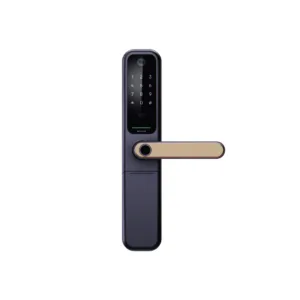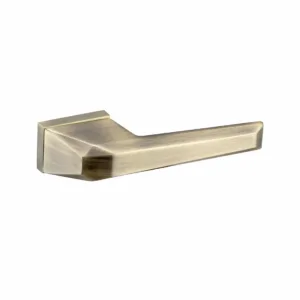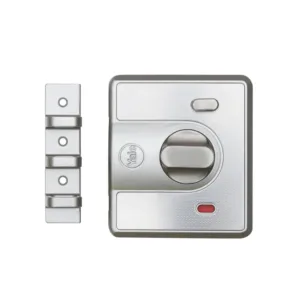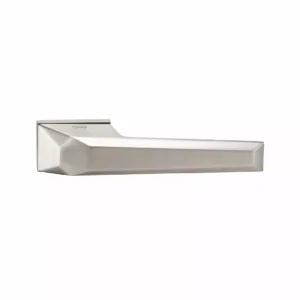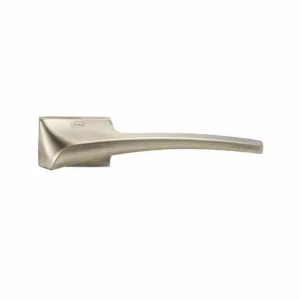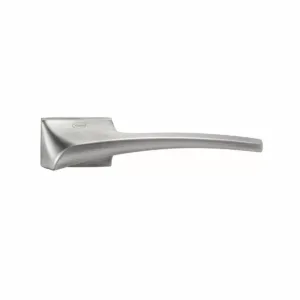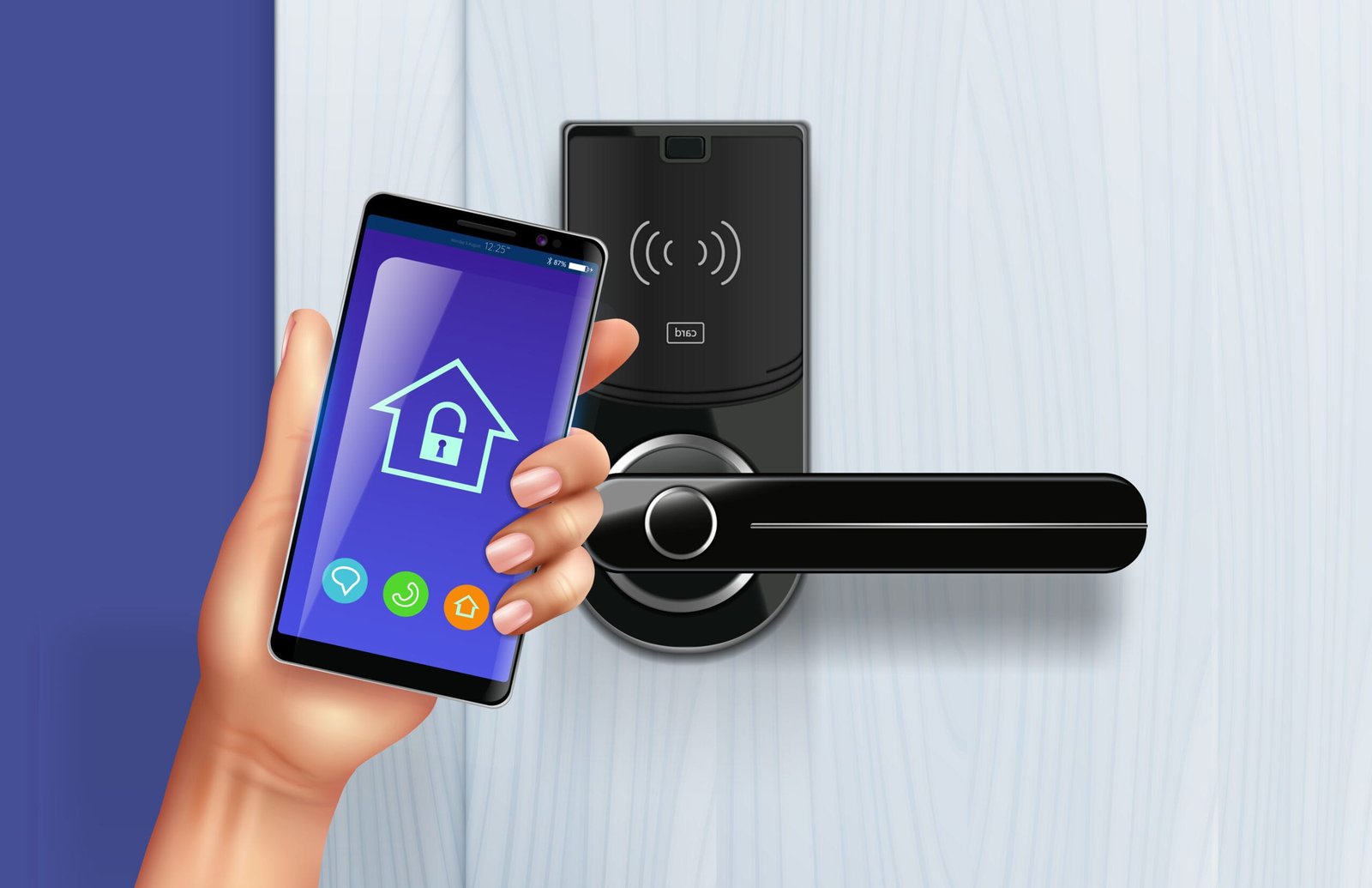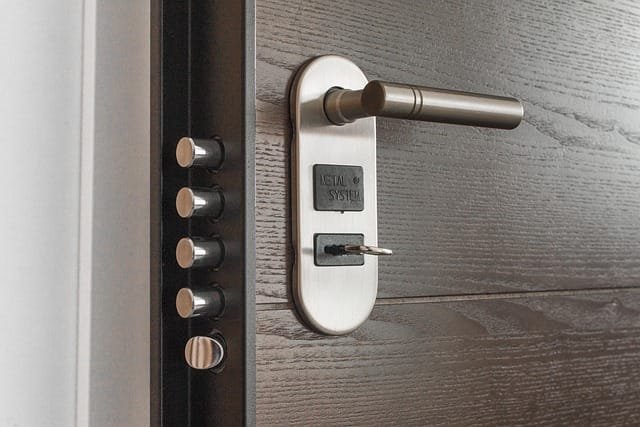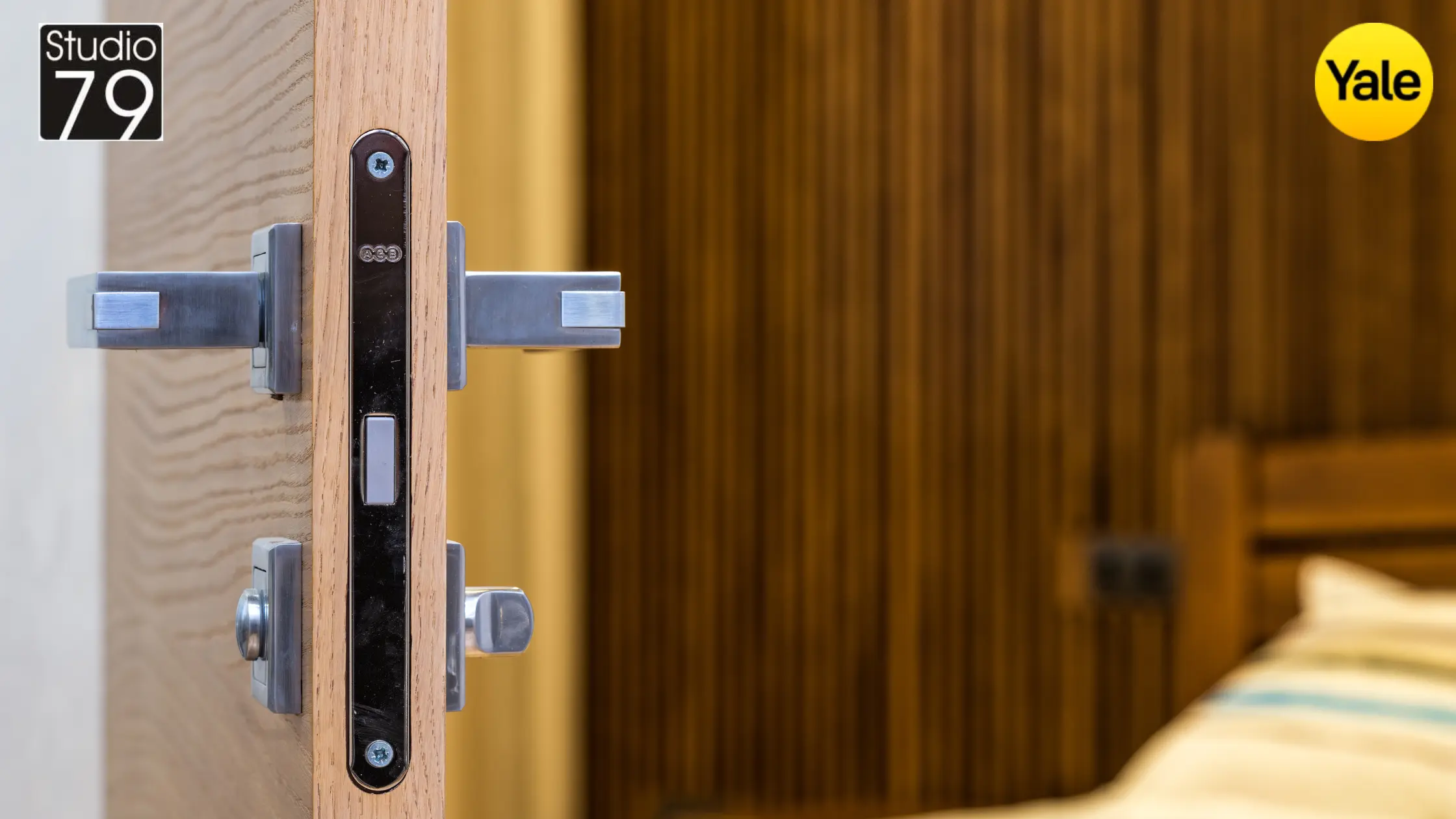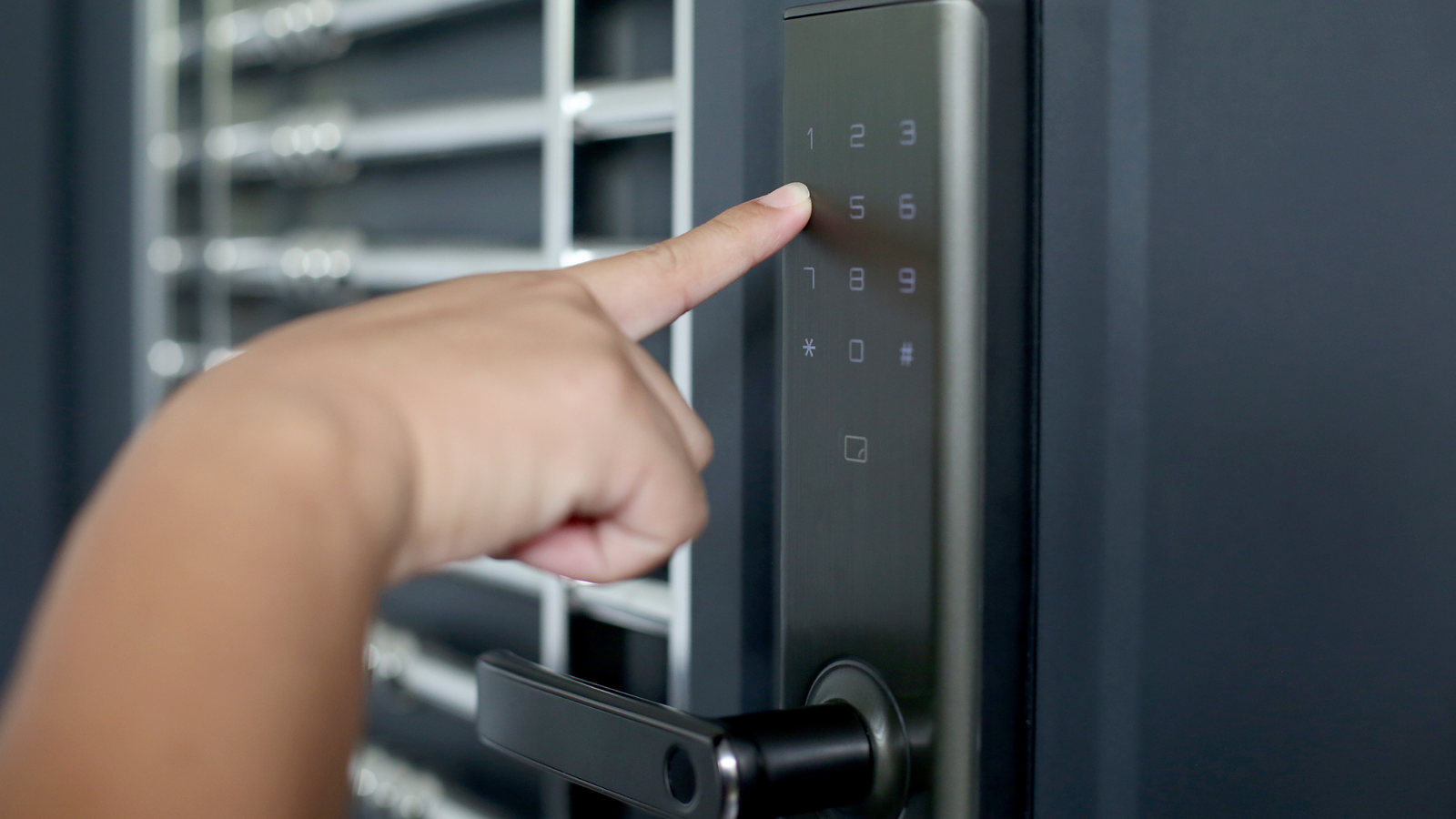Smart & Touchless Drawer and Door Mechanisms for Modern Homes
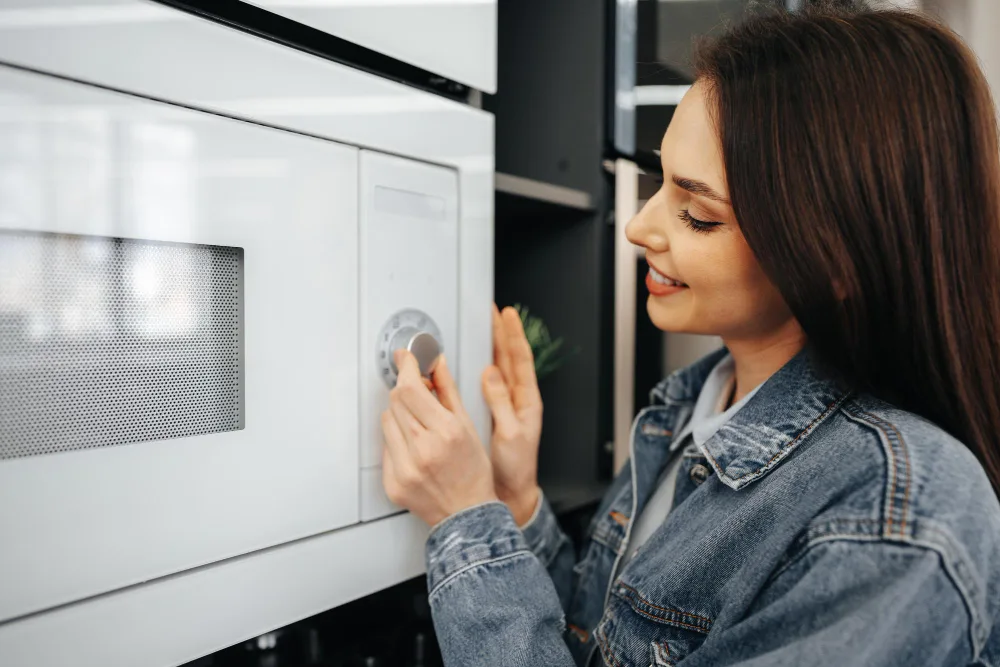
Introduction to Smart & Touchless Mechanisms
Today’s homeowners seek convenience, hygiene, and sleek design. Smart & Touchless Drawer and Door Mechanisms for Modern Homes bring innovation to everyday hardware—transforming kitchens, bathrooms, closets, and entryways. With motion activation, voice control, and IoT connectivity, these systems blend seamlessly into our routines, elevating comfort and cutting-edge appeal.
Why Modern Homes Need Touchless Hardware
Modern living demands cleanliness and ease. From preventing germ transmission to aiding differently‑abled individuals, touchless hardware enhances usability and safety.
Hygiene & Convenience
Touchless systems eliminate personal contact, reducing the spread of bacteria and viruses. No more smudges or hidden fingerprints—just smooth opening and closing.

Accessibility & ADA Compliance
For seniors or people with limited mobility, smart drawers and doors eliminate bending or reaching. A gentle wave or voice cue opens them—no strain needed.
Types of Smart Drawer Mechanisms
Motion‑Activated Drawers
These drawers sense your presence and open automatically. Ideal for busy kitchens, they allow multitasking—open a drawer with a wave while your hands are busy cooking.
Push‑to‑open Soft‑Close Systems
Unlike traditional handles, these open with a gentle push and close softly using dampers. Combo paint-free design with child-friendly safety.
IoT‑Enabled Drawer Devices
Connect your drawers to smart home hubs like Alexa or Google Home. Control remotely, schedule opening for medication, or integrate with routines (e.g., “open drawer at 8 AM”).
Types of Smart Door Mechanisms
Proximity Sensor Doors
Infrared sensors detect your approach and open doors automatically. Great for pantry doors or garage entries—no handles needed at all.
Voice‑Controlled Smart Door Systems
Use Alexa, Siri, or Google Assistant to open doors hands‑free. Announce “Open closet door” and the mechanism listens—super convenient when carrying items.
App‑Controlled & IoT Door Locks
Let guests in remotely or monitor access logs via smartphone. Some offer geofencing—doors auto‑lock behind you when you leave.

Core Technologies Behind Touchless Hardware
Infrared & Motion Sensors
Passive IR sensors trigger mechanism activation when they detect heat or movement—turn off after a timeout to save power.
Bluetooth & Wi‑Fi Connectivity
These ensure remote control and integration with smart home frameworks. Firmware updates often delivered wirelessly.
AI & Machine Learning in Doors
Some systems learn user behavior—like times you open closet drawers—optimizing responsiveness while avoiding false triggers.
Benefits of Installing Smart & Touchless Drawer and Door Mechanisms for Modern Homes
Improved Hygiene & Reduced Spread of Germs
No handles mean fewer contamination points. A simple wave opens hardware—perfect for kitchen environments.
Enhanced Accessibility & Comfort
Older adults or individuals with disabilities benefit from touchless mechanisms. They reduce exertion and fine motor requirements.
Energy Efficiency & Safety Features
Auto‑close doors on delay to prevent drafts. Some sensors detect obstructions and halt operation, avoiding accidents.
Practical Considerations & Installation Tips
Compatibility with Cabinets & Doors
Check depth and hinge compatibility. Some smart slides work only with flat faces; inset cabinet doors may need custom adaptation.
Power Requirements & Battery Life
Battery‑powered units can last months; plug‑in versions require professional wiring. Choose based on your setup.
Cost vs. Value Analysis
Smart hardware costs more upfront but boosts appeal and support for modern design. Consider ROI if you plan to sell your home.
Maintenance & Troubleshooting
Cleaning Sensors
Dust or grime can impact IR sensors. Wipe lenses monthly and test activation distance occasionally.
Firmware Updates & Security
Update regularly to patch security vulnerabilities. Use encrypted Wi‑Fi and set unique passcodes for smart locks.
Top Products & Innovations on the Market
- Motion‑Sensing Drawer Slides – Sleek, battery‑powered, tool‑free installation.
- Smart Door Locks with Touchless Feature – Many integrate fingerprint, Bluetooth, Wi‑Fi, and auto‑door openers.
- Push‑to‑Open Cabinet Latches – Mechanical simplicity at low cost.
FAQs
1. What are smart & touchless drawer and door mechanisms?
They are hardware systems that open and close without physical contact—typically via sensors, voice, or app.
2. Are these systems energy‑efficient?
Yes—many use low‑power sensors with battery life of 6–12 months; plug‑in models use minimal electricity.
3. Can they be installed on existing cabinets and doors?
Often yes—many kits support retrofit on standard hinges and drawer slides. But double‑check dimensions.
4. How secure are smart door locks?
High‑quality locks use encryption and two‑factor authentication; choose reputable brands and enable updates.
5. Do voice‑activated doors work offline?
Some do—local voice processors allow offline unlocking. These are faster and more private.
6. What’s the average cost of a motion‑activated drawer slide?
Expect ₹5,000–₹12,000 per unit in India, depending on brand and features.
Conclusion & Future Outlook of Home Hardware
Smart & touchless drawer and door systems transform modern homes—from convenience and cleanliness to accessibility and design elegance. As sensors and IoT become cheaper, adoption will grow. Imagine doors unlocking by your presence, drawers opening at your command, and kitchens that respond intuitively. That future is already here.
By investing in Smart & Touchless Drawer and Door Mechanisms for Modern Homes, you create a home that’s cleaner, smarter, and ready for tomorrow.
Enjoy this post? Join our newsletter
Don’t forget to share it
Related Articles
Guide to Choosing the Best Smart Locks for Homes in India
Why Securing Your Property with Modern Locks is Essential in Today’s World
The Smart Way to Secure Your Home: Why Digital Locks Are the Future
Yale Digital Locks: Smart, Secure, and Stylish
Smart Home Door Locks: Why More Indians Are Making the Switch (And Why You Should Too)
Our Subscription
Contact Us
235/E, Bommasandra Industrial Area, Bengaluru, Bommasandra, Karnataka 560099

